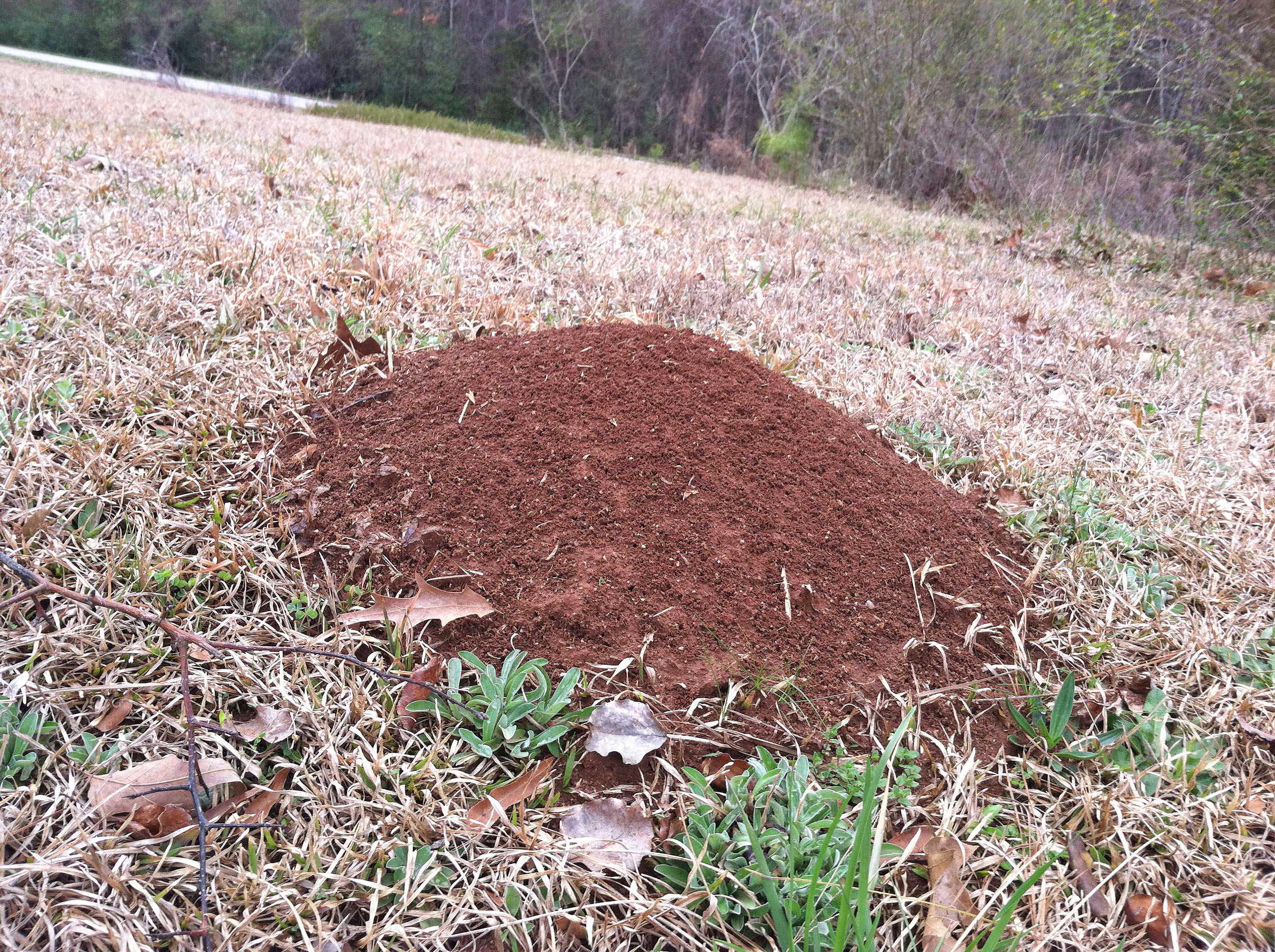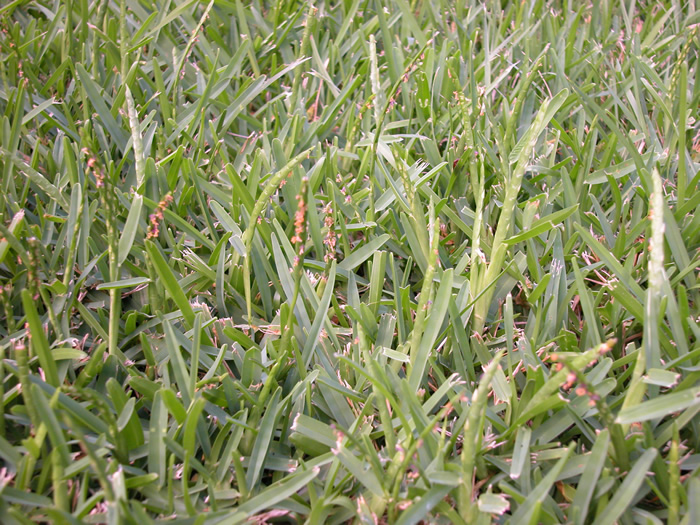 CAES News
CAES News
Fire Ant Removal
Nothing ruins a good cookout or run through the sprinklers like a mound of fire ants. With warmer weather around the corner, early spring is the time to tackle fire ants problems before they spoil summer fun.








